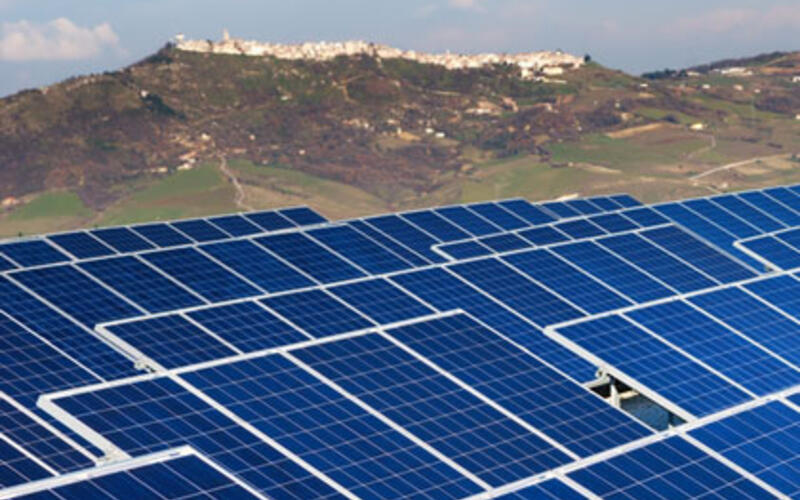Only three countries lead 60 percent of global environmental technology innovations

Only three countries lead 60 percent of global environmental technology innovations
Despite capital investment and regulatory initiatives worldwide, international environmental technology transfer between developed and developing country occurs rarely while 60 percent of related innovation is concentrated in 3 countries.
Original Paper
Antoine Dechezlepretre, Matthieu Glachant, Ivan Hascic, Nick Johnstone and Yann Ménière. "Invention and Transfer of Climate Change–Mitigation Technologies: A Global Analysis," Review of Environmental Economics and Policy, (2011) 5(1): 109-130.
DOI: http://dx.doi.org/10.1093/reep/req023
Accelerating environmental technology development and promoting application are key challenges in the current global environment and energy debate. The climate change COP agreed that the developed countries shall take all practicable steps to promote, facilitate and finance the transfer of, or access to, environmentally sound technologies and know-how to other Parties, particularly to developing countries. According to a report by the Renewable Energy Policy Network for the 21st Century, a policy network headquartered in Paris, total investment in renewable energy reached $257 billion in 2011, up from $211 billion in 2010.The investment is headed by countries like China, Germany, the United States and Brazil. Yet the global renewable energy development is unevenly distributed across different countries. Technologies have been developed primarily in industrialized countries, yet they are needed in fast-growing emerging economies.
The finding highlights the need for collaborative regulation and global policy incentives to foster the creation of markets for environment technology transfer. Governments in both the developed and developing world should initiate a financially practical framework to address trade deficiency and facilitate technology transfer beyond the borders. Ultimately, such initiatives should enable developing countries to address their needs for environmental technologies and active technology transfers.




